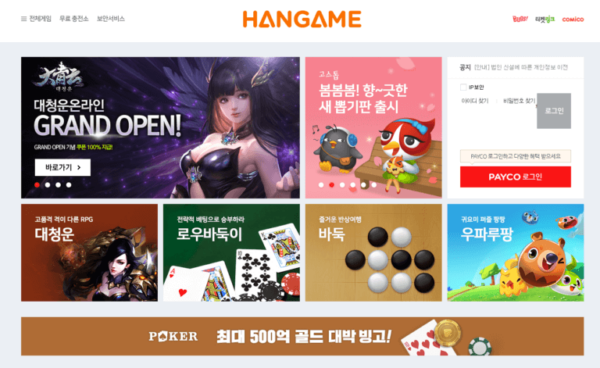[Series #1]
Start of the Korean messenger app legend, Kakao Talk
There is one mobile messenger application that dominates Korean market: Kakao Talk. Ever since its launch, the app has become a ‘must-install-application’ for every Korean smartphone user. The business embraces not only messenger app market but also majority of Korean mobile application market. It now is the biggest digital marketing platform in Korea. This series of Tuned In Asia will analyze this monster of an application, Kakao Talk, from A to Z for those planning on entering the IT-advanced-market in the eastern corner of the Asian continent: Korea.
In Korea, Text Me < Katalk me
Want to Say “Text Me!” in Korean? Just simply say “Katalk me!”
In Korea, more than 97% of smart phone users use Kakao Talk, a mobile instant messenger application (app from below). Using the basic text messaging option offered by telecommunication companies have become un-trendy in Korea mainly because of this app. In 2015, Koreans sent an average of 6 billion+ KKT messages daily. Having more than 41 million monthly active users, the app now takes up big part in life of people living in this IT-leading country, Korea.

Establishment of Kakao Talk
How did the app settle down as its own culture in Korea? You first need to take a look at the background of its founder to get a clearer picture.

Founder Beom-su Kim, Korean IT Venture Business Genius
Beom-su Kim, founder of Kakao Talk, is a well-known strategist in the Korean IT industry. You can instantly understand why he is so respected in the industry by looking at few of his remarkable works. From the start of his career, Beom-su Kim has made Samsung’s Unitel, a successful Computer Bulletin Board System. However, Korea’s most successful Internet entrepreneur wouldn’t be here without these two mega hits – some of the most popular platforms in the history of the Korean digital market.
Hangame

In 1998, Beom-su Kim established his own company for online games. With his experience from Unitel, he started with some famous traditional games, such as Go, Xianqi and Go-stop. He then launched a website that offers online game services, called Hangame. At first, this online game service was not a big hit, but Beom-su Kim started offering free administration programs to PC bangs (rooms where gamers visit to play PC Games) and promoted his online game website on the administration program screen. As PC bang was very popular at that time (now a unique cultural aspect of South Korea), it became an instant hit – attracting 1 million users in just 3 months after the launch of Hangame. The website still exists and Koreans in their 40s to 60s continue to play some games on the website.
NHN

The business was so successful that it later merged with a search firm to form what’s known today as Naver, the most popular search engine in South Korea. In 2004, when two companies, Hangame and Naver announced their merger, each company was having their own problems regarding internet traffic. Naver at that time had about 10 billion won capital invested into it, but had no clear profit model to generate traffic on their website. Hangame was gaining 10 thousand users every day, but only 20 employees were working for the company. Naver needed a service that can bring profit and Hangame needed more human resources to sustain its rapid growth. Their interests matched perfectly, so the two companies promptly announced their merger and established NHN, which has now become a successful internet platform in Korea. NHN at the time was so successful that it wasn’t impacted by the Internet bubble bust.
I.W.I Lab to Kakao
Failure of I.W.I. Lab gave great insights to the IT ventrue Genius

After the success of NHN, Beom-su Kim suddenly left the company in 2007 to establish another company, called I.W.I. Lab. But why did he leave a successful position behind? He had longed for the adventurous venture environment, but I.W.I. Lab wasn’t that successful in the beginning. The company launched its first project called ‘buru.com’, a Web 2.0 blog that allowed people to share videos and photos meant for the American market, but had ultimately failed. In June of 2008, Kim launched another project called ‘WISIA‘ which also did not show much return.
At that point, Kim had realized that the web business is no longer trendy in the IT industry and quickly turned to the mobile business. I.W.I. Lab inquired Bicon, which offers smart phone widgets and started digging into iPhone application development. Kim believed that both the PC and mobile markets should be approached in different styles. PCs are an informative device, so information search services form a big market. However, smart phone is primarily a communication device, so Beom-su Kim expected that communication services will create the biggest market. His insight was clearly correct as his first mobile application “Kakao Talk” gained high attention from smartphone end-users. It had become a must-install-app for Koreans.












